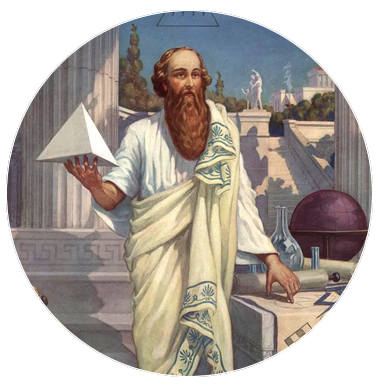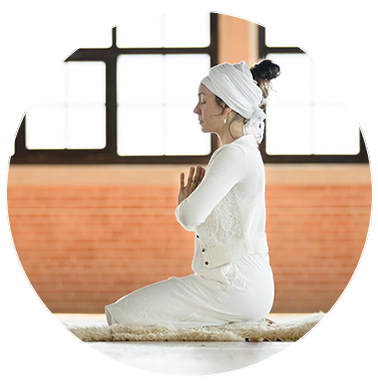

What is Therapeutic Sound Healing?
Sound healing has roots in ancient Greece. A scholar and mathematician, Pythagoras (b. 569-475BC) is credited as the "Father of Sound" and was the first person to prescribe music as medicine, applying intervals of harmonic ratios as medicine for "dis-eases" of the body, the emotions and the Soul. He called these musical attunements "Soul Adjustments" and taught that music was more than just a form of entertainment. Taught correctly, Pythagoras believed that "music has the ability to heal the physical body, purify the mind and bring the faculties of the Soul into harmony."
How does Therapeutic Sound Healing work?
Sound healers create a tapestry of vibrational tones intentionally and consciously, weaving layers of sound to promote wellness, release energetic blockages and bring a state of harmony and ease to your body and mind.
What happens during a sound healing session?
During a therapeutic sound healing session, you don't need to do anything physically, except breathe and relax. If your healing session takes place at Century Wellness Studio, you'll recline on blankets or mats and have the option to support your body with soft pillows and/or bolsters. The idea is for you to be supported comfortably and completely. The room will be lit with candles or other soft light sources; just enough to see but not be a distraction. Once you are peacefully settled in, your healing session will begin.
A session involves different levels of sound from a variety of instruments: A Paiste 32" symphonic gong; crystal singing bowls; an ocean drum; crystal pyramid; bells; etc. Some sounds will be more intense than others.
Each sound is consciously drawn from its source to evoke feelings of well-being and peace. While the experience is different for each person, it's not uncommon to feel profound relaxation. Some people come into a fluid state of "sleep awareness", a feeling that you are not quite asleep, but not entirely awake (as if you were drifting down a peaceful river). These states are where healing takes place. Participants have told us that, in the days following their session, they experience bursts of creativity; a clearer mind and more fluid thought processes; and deeper, more restful sleep.
What is Kundalini Yoga?
Kundalini Yoga consists of active and passive asana-based kriyas, pranayama, and meditations which target the whole body system (nervous system, glands, mental faculties, chakras) to develop awareness, consciousness and spiritual strength. With regular practice, you gain stronger immune, glandular and nervous systems. This strong foundation gives you the energy manage the mental and spiritual facets of your life.
Through the active practice of mindfulness and compassion, we can create more success and abundance in our own lives and throughout the world. Kundalini yoga assists in this by helping you actualize your Higher Self. Kundalini yoga doesn't claim to be "the" way; it is one tool you can use on your journey to personal discovery.

How does Kundalini Yoga work?
The essence of Kundalini yoga is transformation, awakening the energy of consciousness. It's technology was designed to help you in every aspect of your life. The Kriyās are structured tools you can use each day to work through painful memories of the past; to dispel limiting habits and beliefs; and to strengthen your mind and body. Ultimately, this practice will lead you to greater awareness, helping you embody and live your truth.
How this works is no mystery. Longer asana holds strengthen the body and "tone" the nervous system. You'll practice breathing techniques that clear muddled thoughts by balancing the hemispheres of the brain, or give you a rush of energy to awaken your creativity. Mantras (sound vibration) help you mindfully focus your thoughts, while mudras help lock and channel the healing power of your energy. Last but no less important is meditation, where you enter into a serene space for your body and mind to process all you have learned.
What happens during a Kundalini yoga practice?
A Kundalini yoga practice incorporates asanas (yoga postures), mantras (sound vibration/chanting), bandhas (body locks), pranayama (breathing techniques), mudras (hand gestures) and meditation. This sequence of movement is called a "Kriyā" (kree-yah), a sanskrit word meaning "action". Kriyās are said to stimulate the pituitary and pineal glands, helping to bring awareness to mind and body. Postures are held for longer periods of time, helping you strengthen and tone your muscles. Once your Kriyā sequence is complete, you'll spend time in relaxing meditation.





